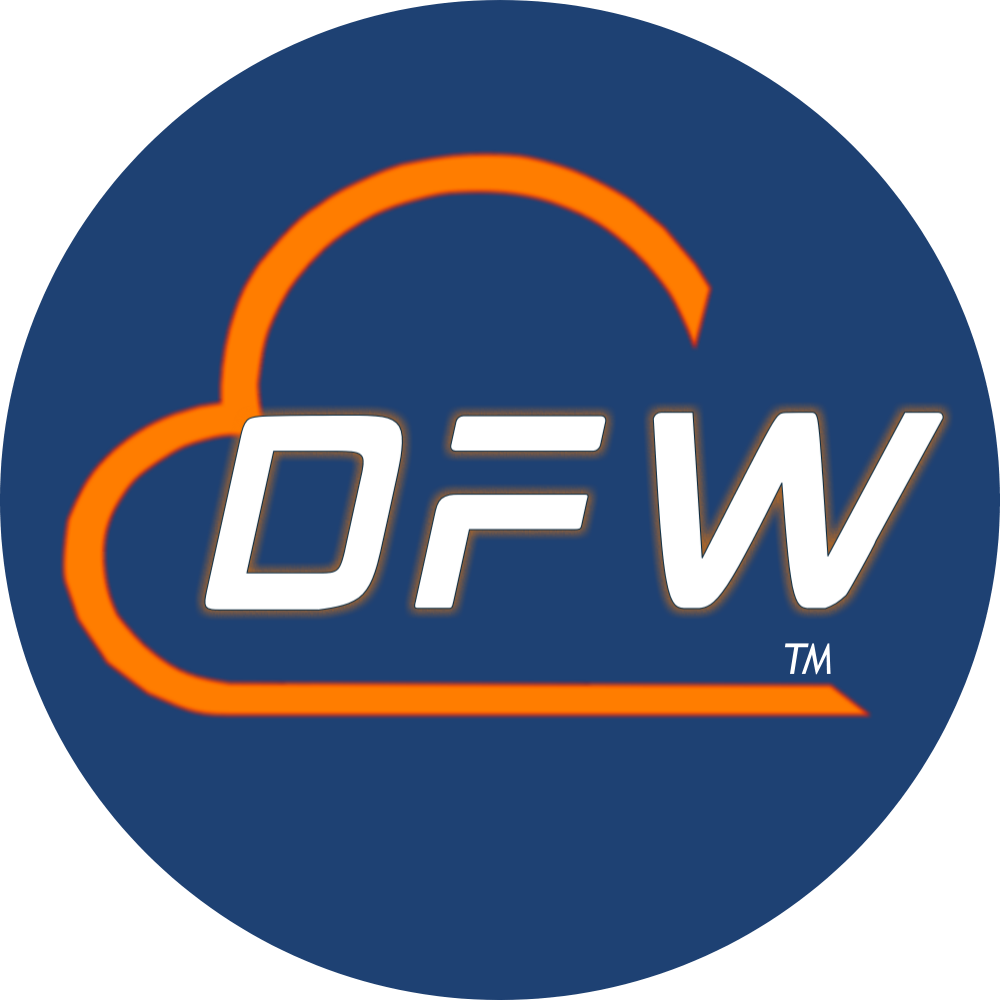Trusted Hyperconnected Business Solutions
Cloud DFW focuses on people, processes, and operations; Consider us your “Hyperconnected Concierge.”
“Your Hyperconnected Concierge”
Cloud DFW comprehends the significance of digital tools for organizations such as yours and, as your partner, provides a suite of services including Connectivity, Cloud Solutions, Colocation, and Network Services like SD-WAN, UCaaS, and CCaaS. To tailor solutions to your needs, we conduct an Interactive Assessment of your business, people, locations, and processes. With our team of knowledgeable experts and fifteen years of industry experience, you can rest assured that your providers are working in your best interest. Join us and discover the benefits of personalised digital solutions. Trust Cloud DFW to assist you in reaching your aspirations.
SERVICES
Our Hyperconnected Business Solutions Start with Coverage

Business Solutions Coverage
Our Coverage
Providing Clear access to the resources and facilities designed to re-define or enhance your global footprint
Superior Customer Service
More Info
Cloud DFW is committed to giving the highest standard of service to its Customers. We strive to deliver accurate advice and resources.
AWARD WINNING SERVICS
Hyperconnected Business Solutions
Cloud Services
More Info
Collocation Services
More Info
UCaaS
More Info
UCaaS is an all-in-one solution for businesses looking to streamline their IT tasks, sales processes, and finance management. By integrating voice, telephony, conferencing, email, and instant messaging into one platform, you can save time and money while increasing productivity.🚀 Simplify IT tasks🚀 Improve sales efficiency with CRM integration🚀 Streamline finance management with ERP integrationTo get started answer some very preliminary questions it will help you to start thinking about the service you need.If you are thinking Contact Center visit us here!Cloud DFW encourages you to think about Collaborative Communication Solution UCaaS is definity the way to go!Here is a article that discusses some of the legacy system draw backs and the signicant saving offered by UCaaS or Unified Communications as a Service

Connectivity
More Info
SD-WAN Solutions
More Info
Cyber Security
More Info
CCaaS
More Info
Unlock Your Business’ Potential with Cloud DFW
That’s exactly what Cloud DFW offers. We believe in putting your goals first and delivering business solutions that meet your specific needs. Say goodbye to feeling overwhelmed and hello to success with Cloud DFW.
We're Here To Help!
Office
Legacy Drive
Frisco, TX 75034
Hours
M-F: 8:30 am – 7pm
S-S: Closed
Call Us
(972) 895-3259
Drew Stephens is a tenured IT professional who has worked with many technologies. He holds a B.S in Computer Science and has certifications in Network Infrastructure, Administration, Voice, Cloud Stacks, and platforms, including Azure and Google Cloud. He also has fluency in Director Level Sales in FinTech, Healthcare, and Retail.
